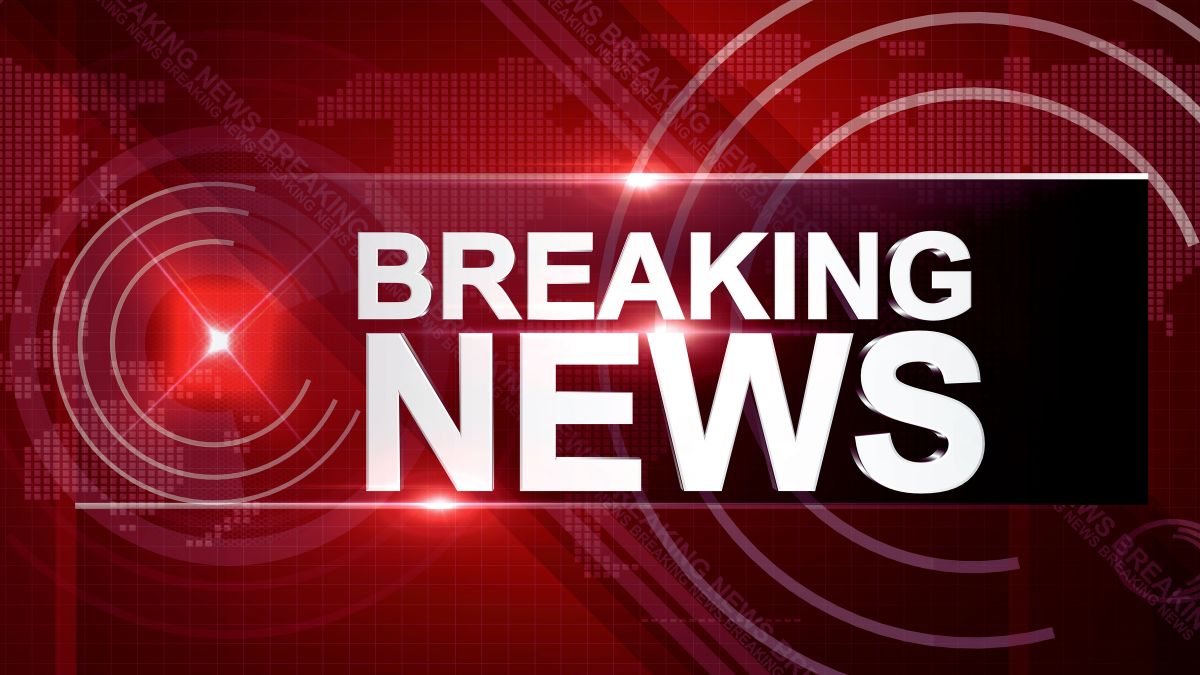Tragic Loss Amidst Political Unrest
Rajyalaxmi Chitrakar, the wife of former Nepali Prime Minister Jhalanath Khanal, perished on Tuesday, September 9th, 2025, succumbing to severe burn injuries. Her death occurred after a group of Gen Z protesters, participating in widespread anti-government demonstrations, set fire to her home in the Dallu area of Kathmandu. Ms. Chitrakar was rescued and transported to Kirtipur Burn Hospital, but tragically succumbed to her injuries during treatment. The incident highlights the escalating violence surrounding the political turmoil in Nepal.
Violent Protests and Political Fallout
The protests, largely driven by Gen Z, stemmed from a short-lived government ban on social media platforms. These demonstrations rapidly escalated into broader criticism of the government, including accusations of corruption within Nepal’s political elite. The violence extended beyond the Khanal residence, with several other prominent figures’ homes and properties targeted, including those of Prime Minister KP Sharma Oli, who resigned amidst the escalating crisis. The attacks underscore the depth of public discontent and the volatile political climate in Nepal.
Widespread Damage and Casualties
The protests resulted in significant damage to government and political buildings, including the Nepalese parliament building and the residences of several high-ranking officials. Beyond the tragic death of Ms. Chitrakar, the unrest has also claimed other lives and left numerous individuals injured. The events unfolded over two days, with reports of at least 19 deaths on the first day of protests alone, before escalating further on the second. The scale of the destruction and the loss of life serve as a grim reminder of the intensity of the situation.
International Silence and Ongoing Crisis
The international community, particularly China, a steadfast ally of the recently resigned Prime Minister Oli, has yet to issue an official statement regarding the events. The crisis continues to unfold, with the future political landscape of Nepal remaining uncertain. The resignation of Prime Minister Oli, while a significant development, does not necessarily signal an end to the unrest or the underlying issues that fueled the protests.


